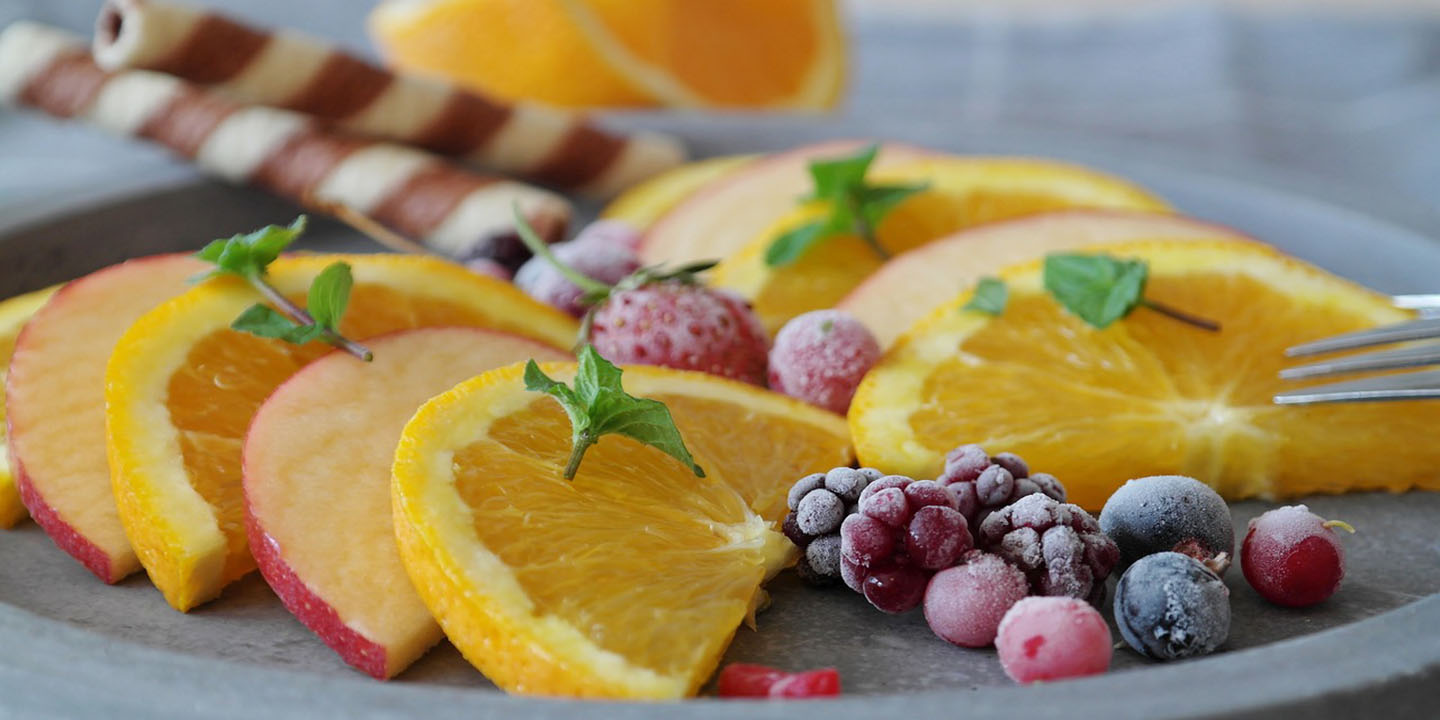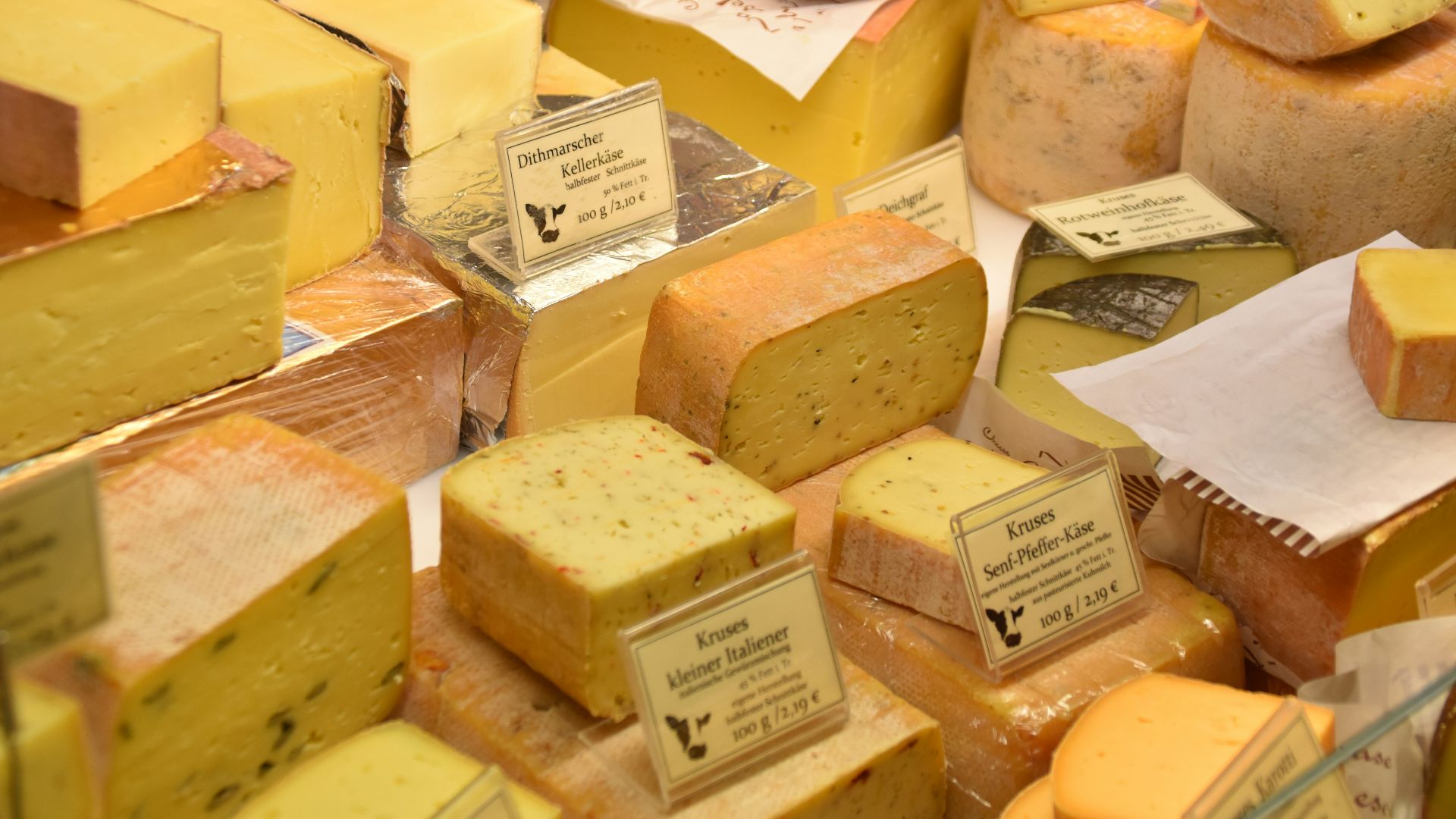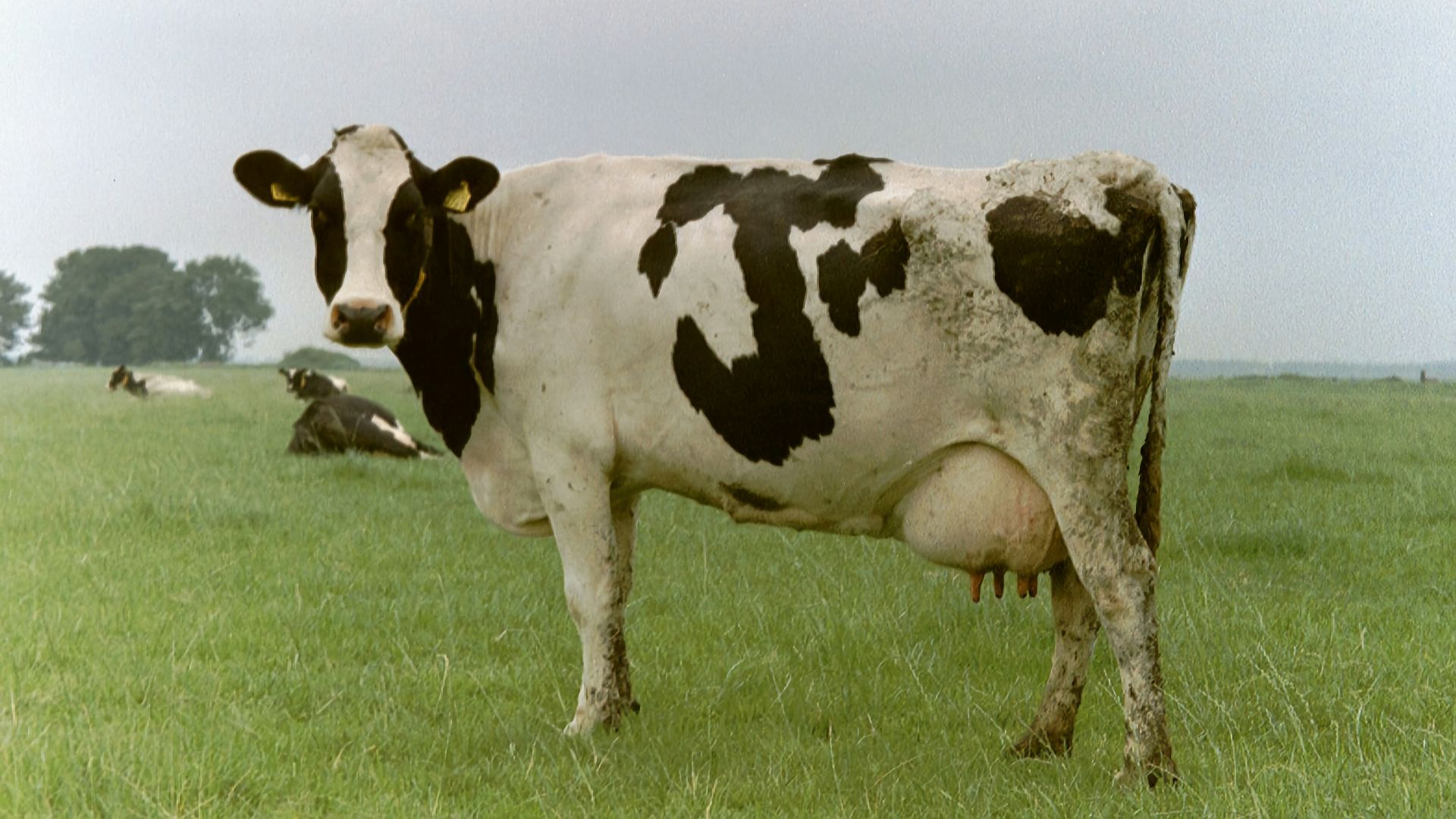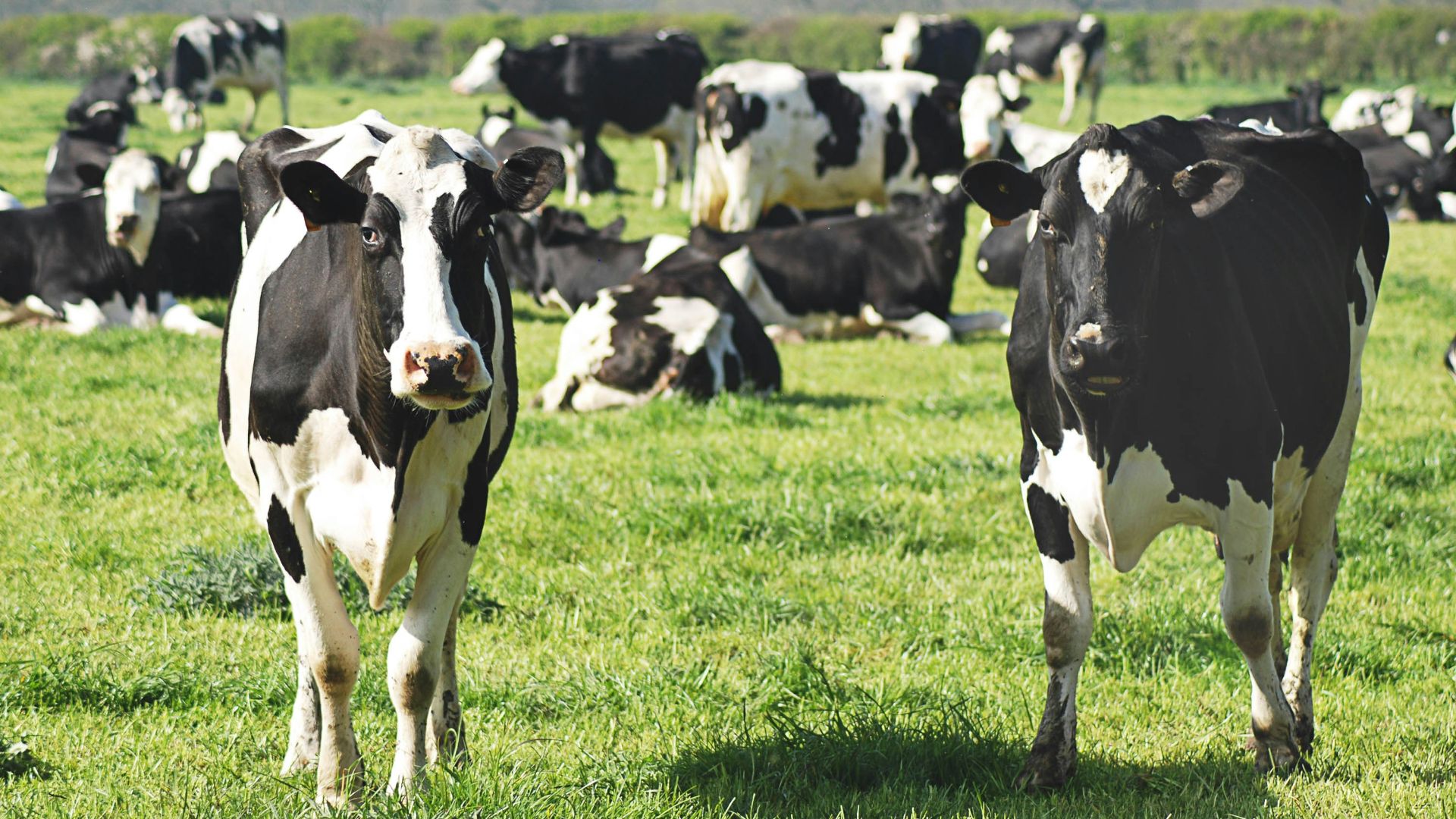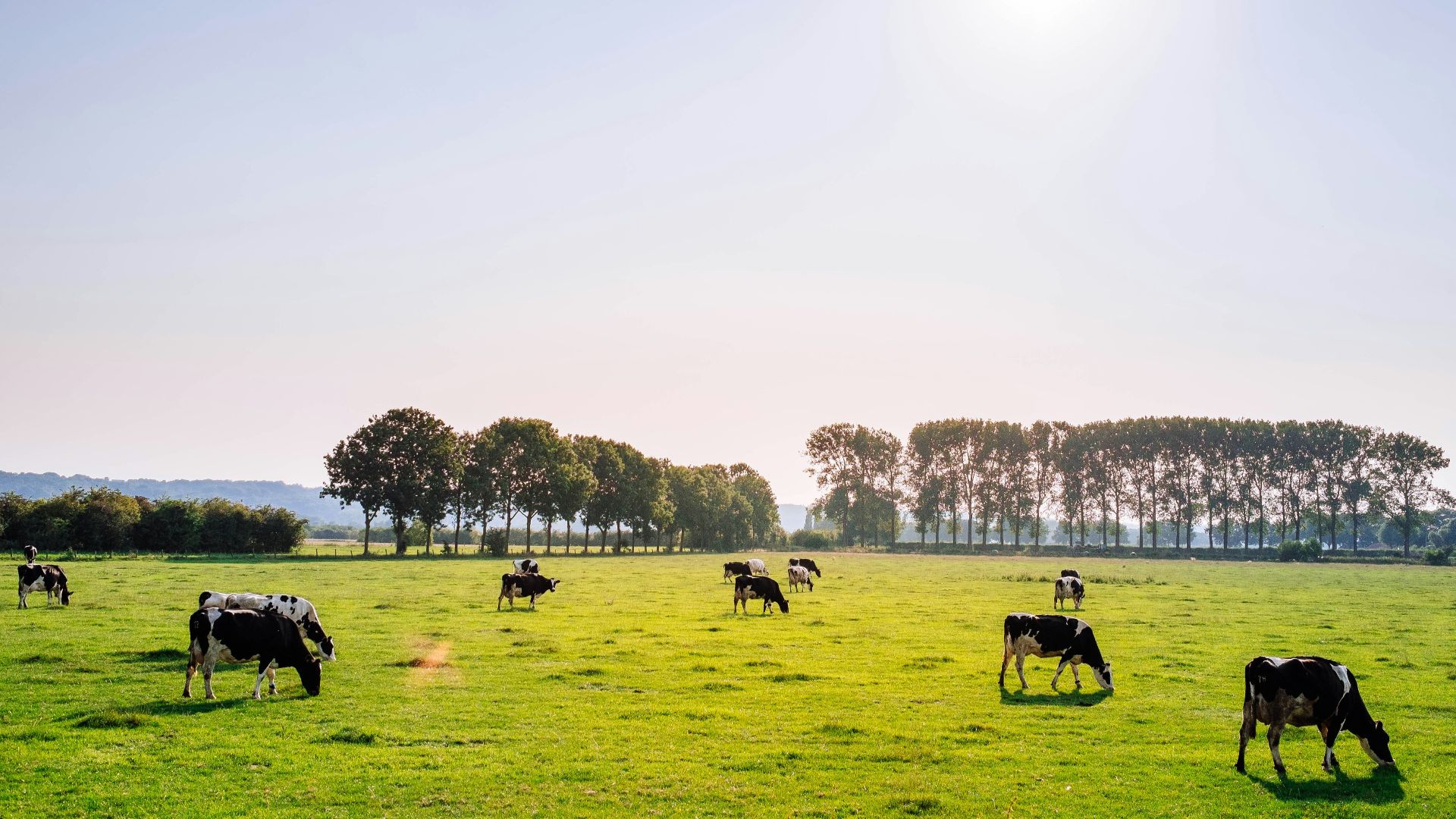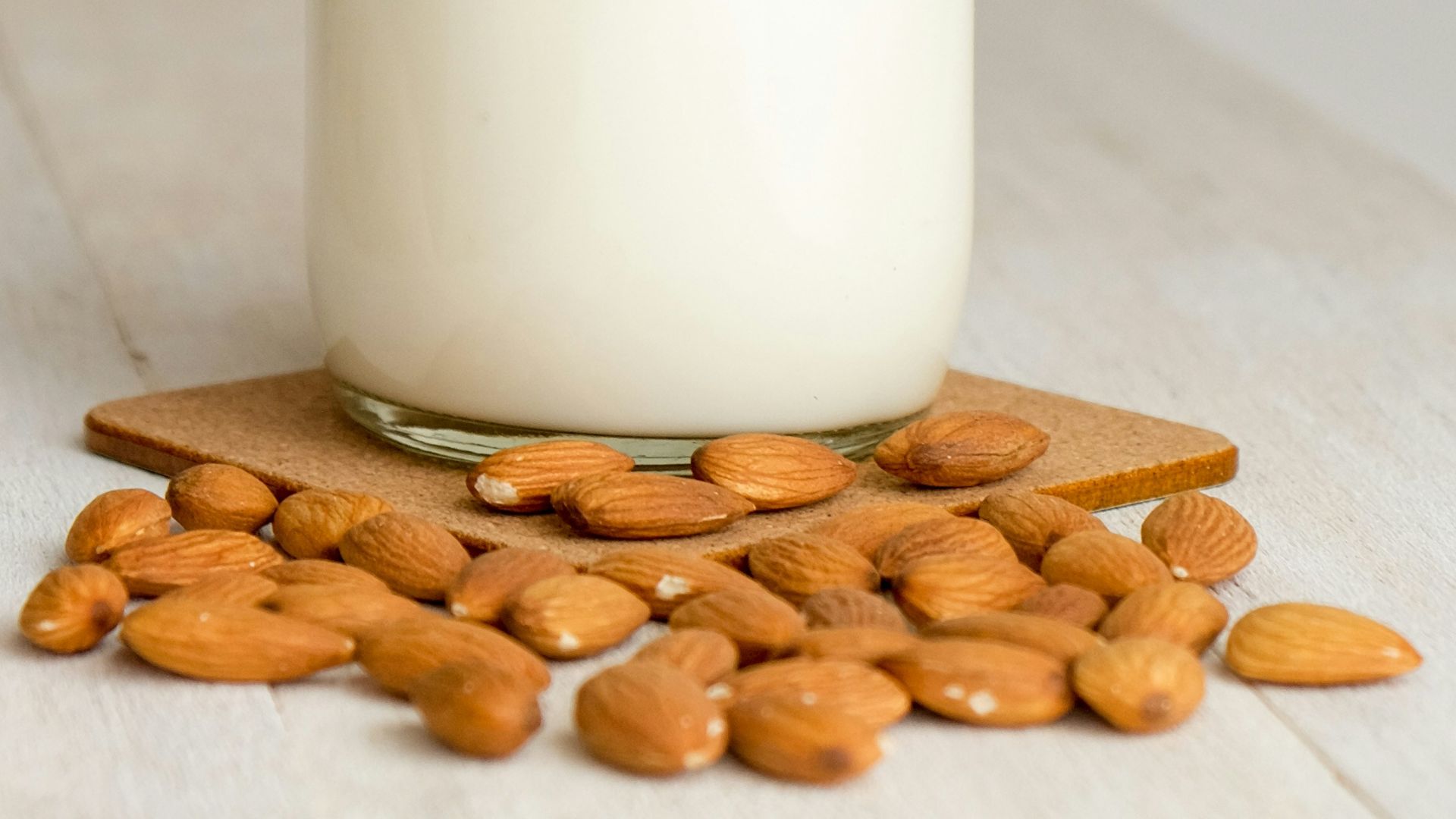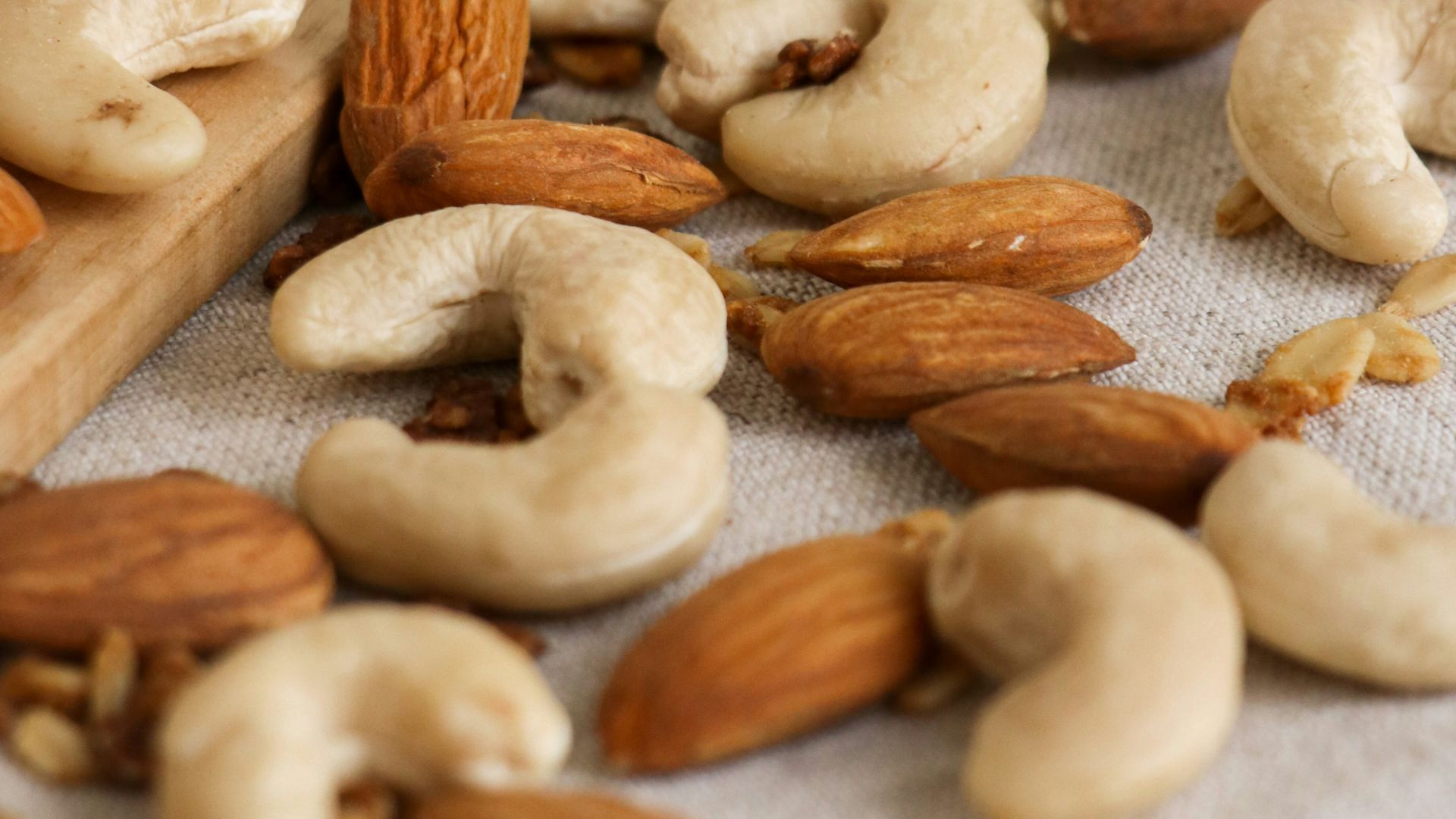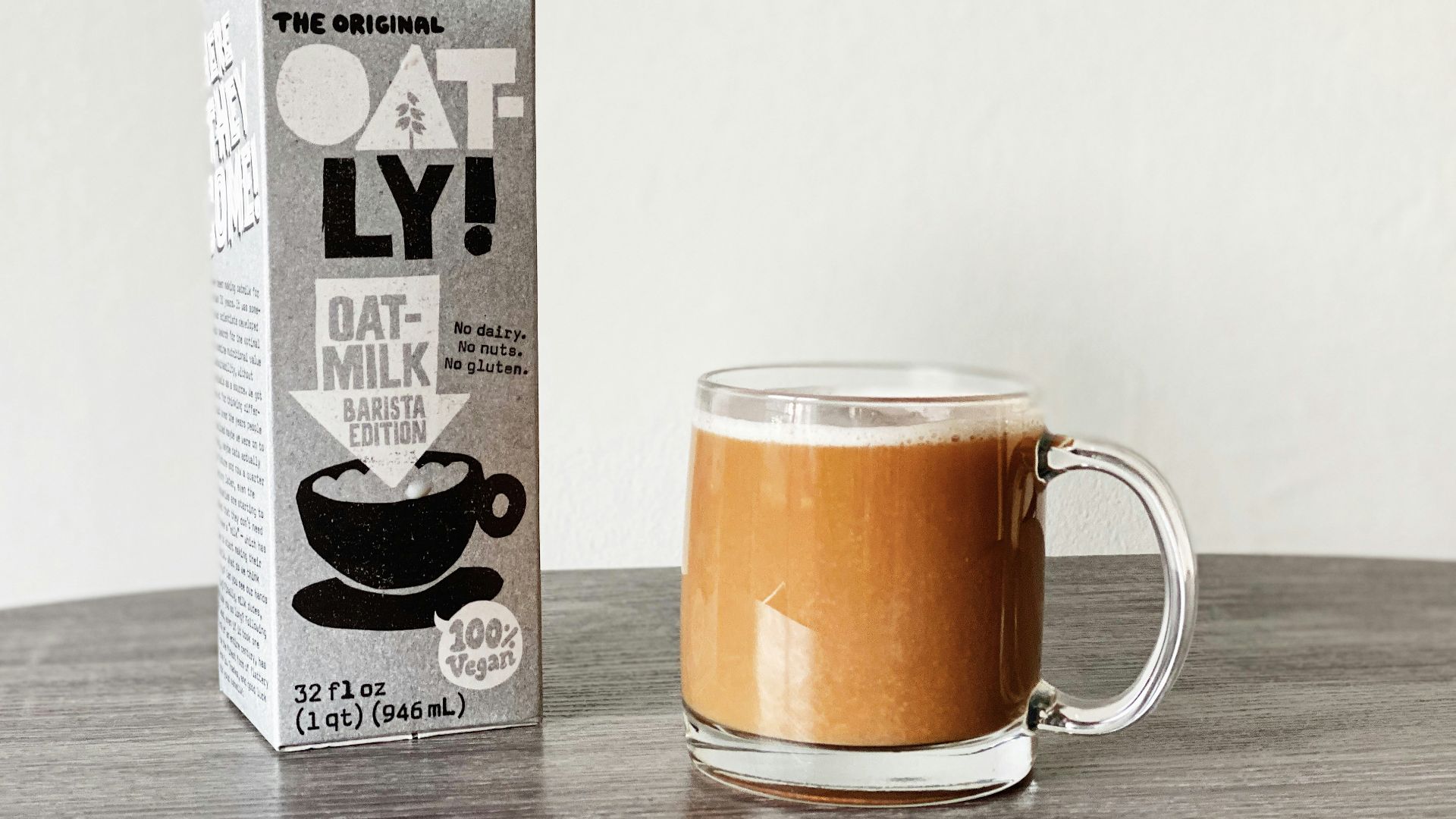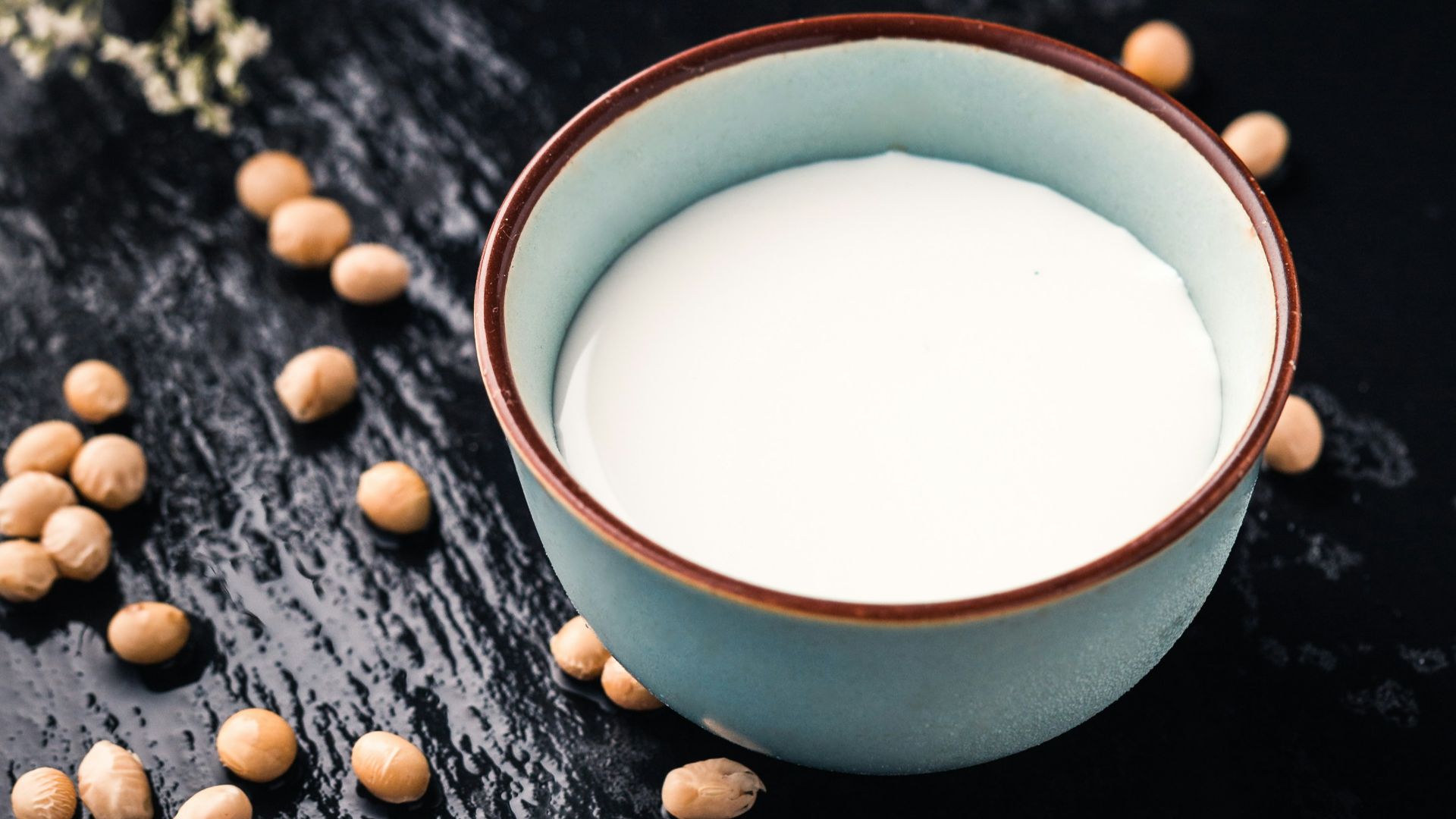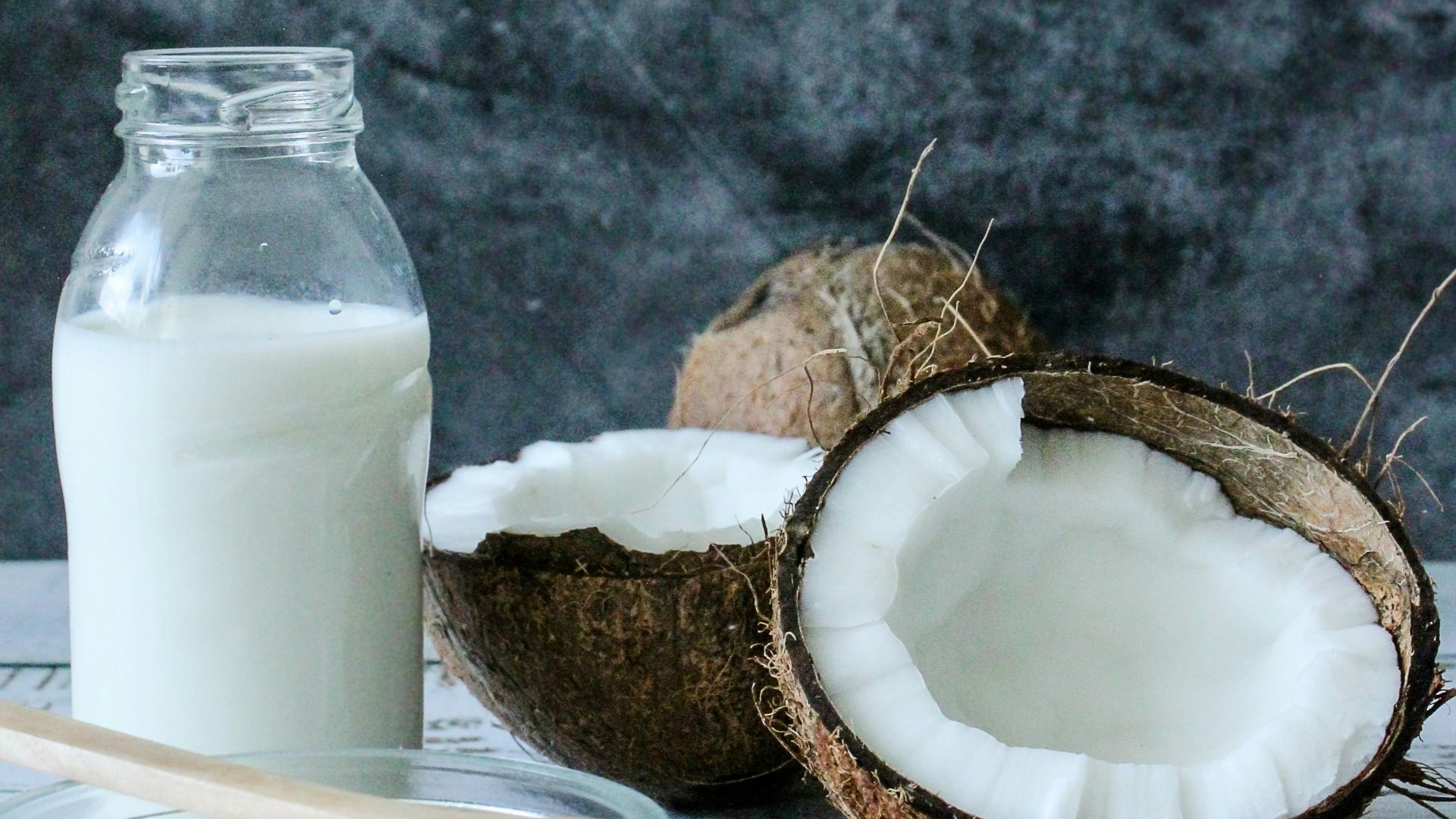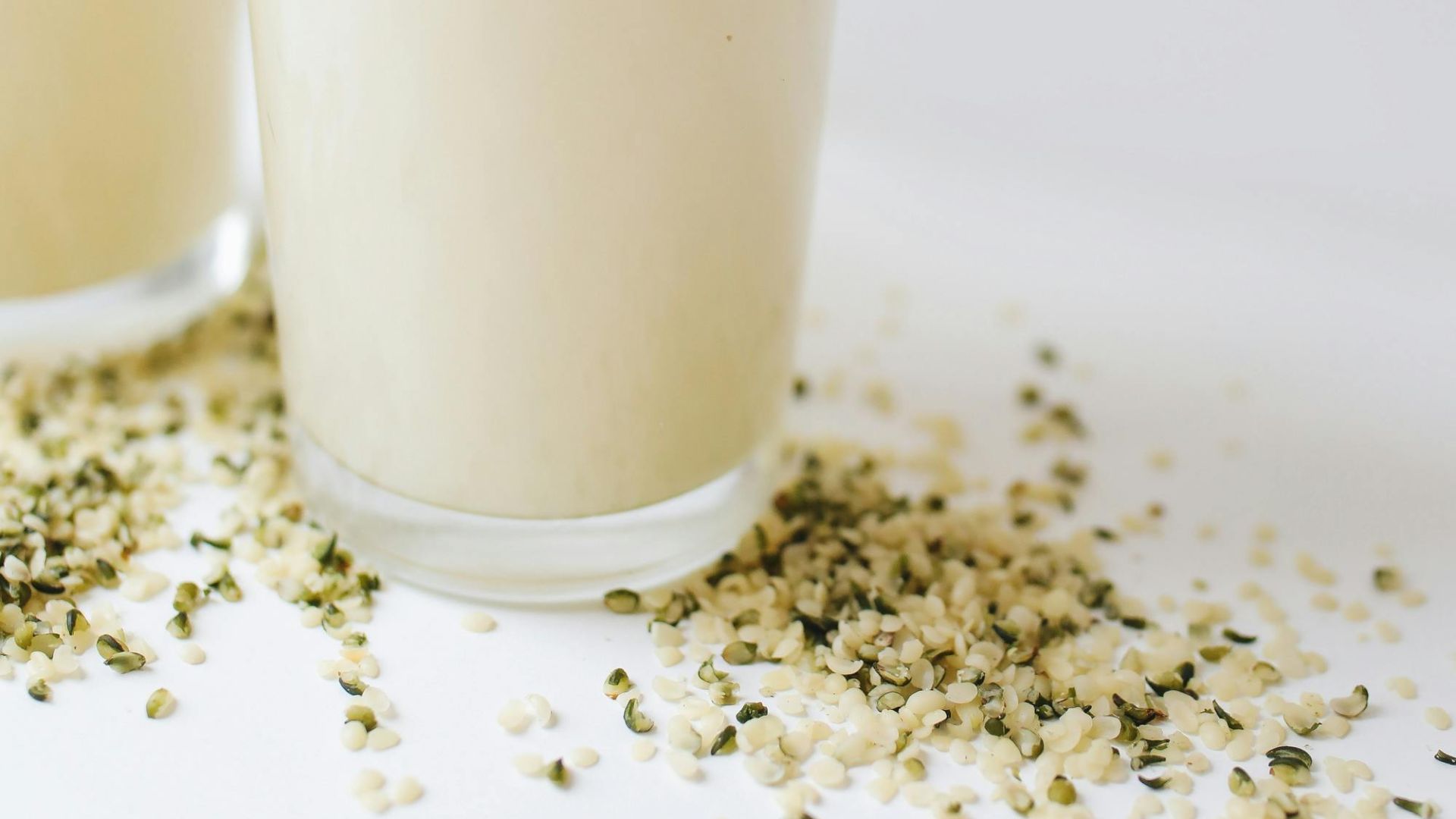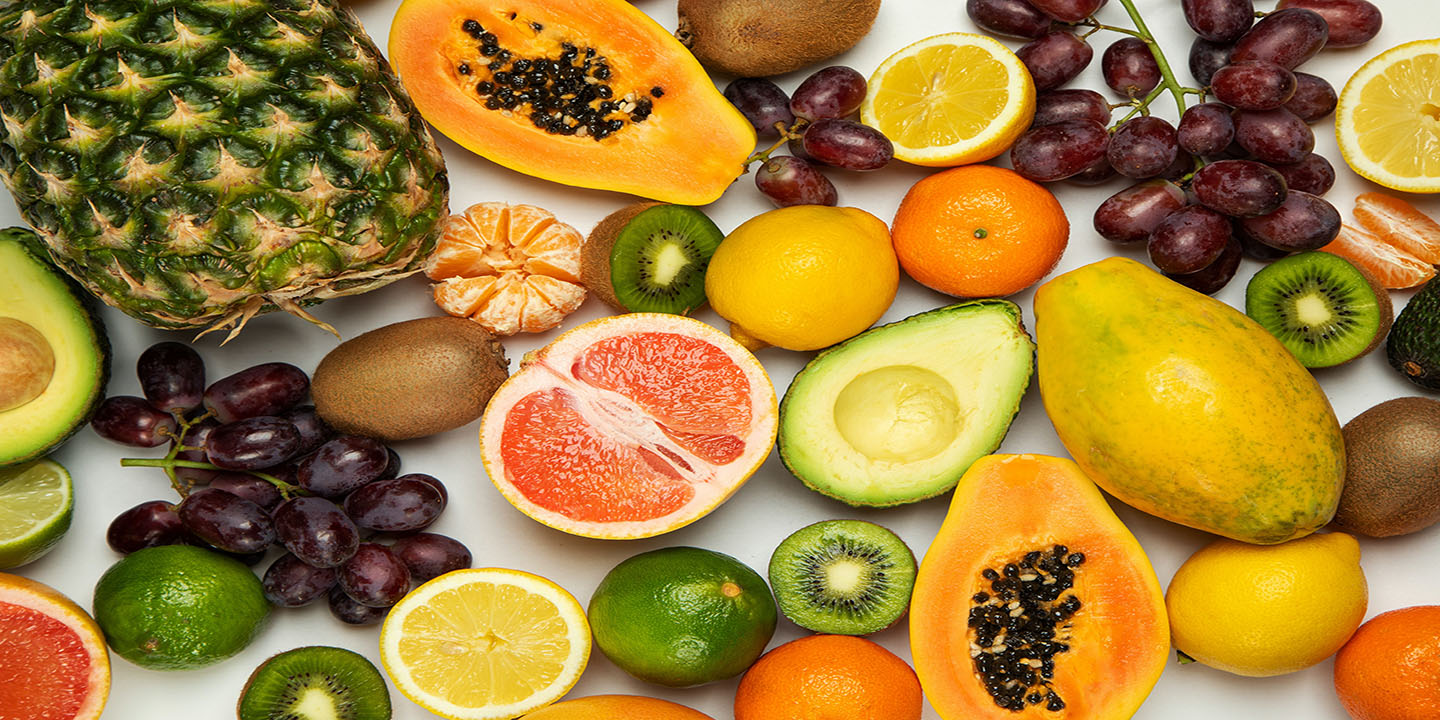Say Cheese!
The American dairy industry has been around almost as long as America itself. It's a part of our daily life, from the cream in your coffee to the butter on your toast to the cheese on your burger. Whether for ethical or health-based reasons, many folks have turned to non-dairy alternatives, but the dairy industry will keep on churning— if you’ll excuse the pun.
1. How Much Money?
The U.S dairy industry reached an economic growth of $794 billion in 2023, which is only 3% of the United States’s GDP. Delving a little further into these statistics, this industry supports 3.2 million jobs, with $49 billion of those dollars (around 6% of the total amount) going to wages.
2. Top-Producing States
The states that produce the most amount of dairy are California, Wisconsin, Idaho, Texas, and New York. California is the leading state in milk production, but Wisconsin is the most famous state when it comes to cheese and milk. Together, these 5 states make up over half of the US annual milk supply.
3. The Family Business
Most farms within the United States are family-owned and operated, and by most, we mean about 97%. Sadly, the dairy industry has seen many large changes over the years, and family-owned farms have slowly been replaced by larger operations.
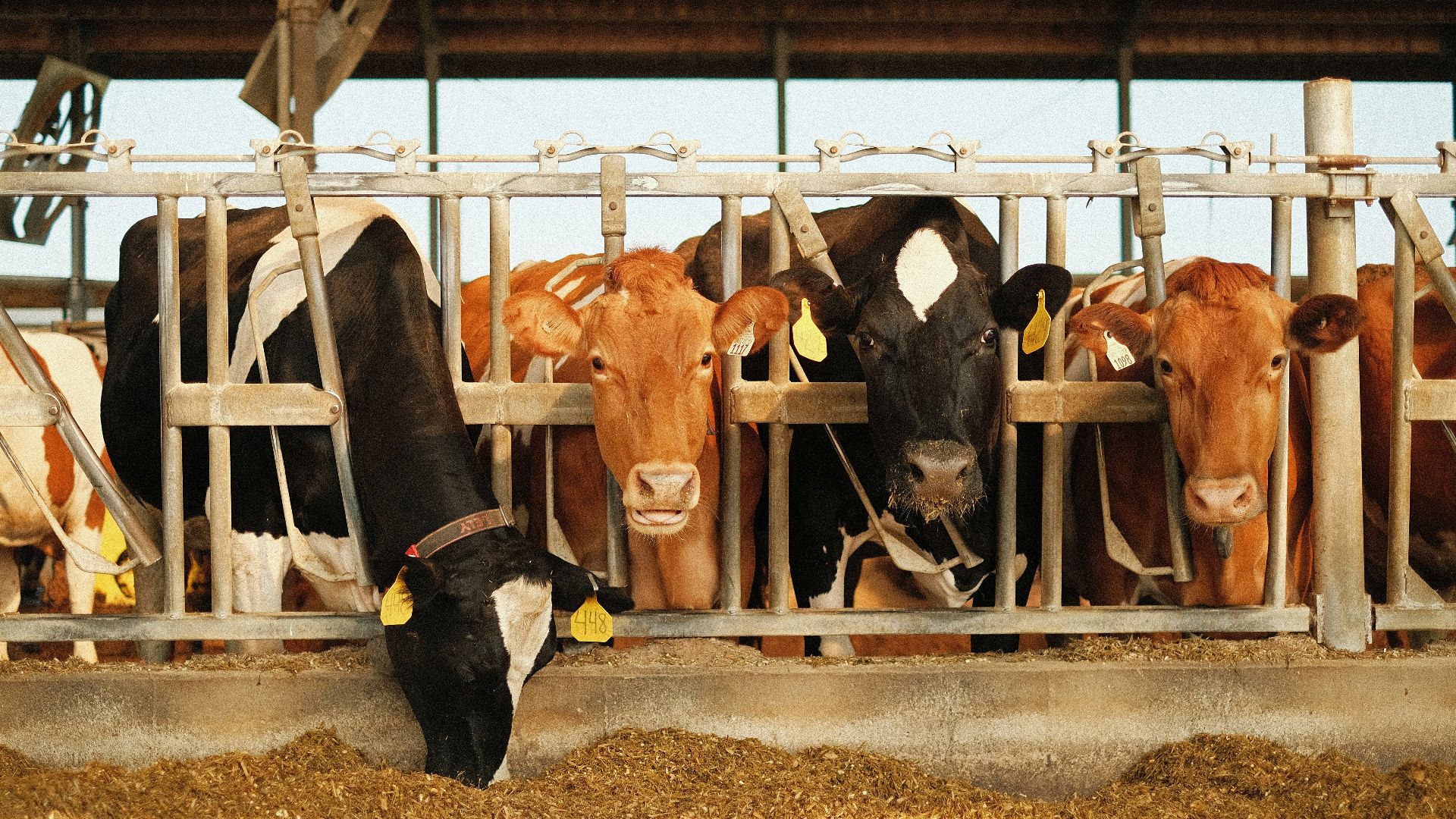 Austin Santaniello on Unsplash
Austin Santaniello on Unsplash
4. Greenhouse Gases
Thanks to the process of fermentation and manure management, it's no surprise that most dairy farms are releasing millions and millions of metric tons of CO2e. In 2020, dairy cattle released 81.4 million metric tons of CO2E, an estimated 1.6% of the total US GHG emissions.
5. Cow Breeds
Did you know that there are 7 main breeds of dairy cattle? Holstein is the most popular breed, as it is known for its high milk production volume. Jersey, Brown Swiss, Guernsey, Ayrshire, Milking Shorthorn, and Red and White are all common breeds found around the world.
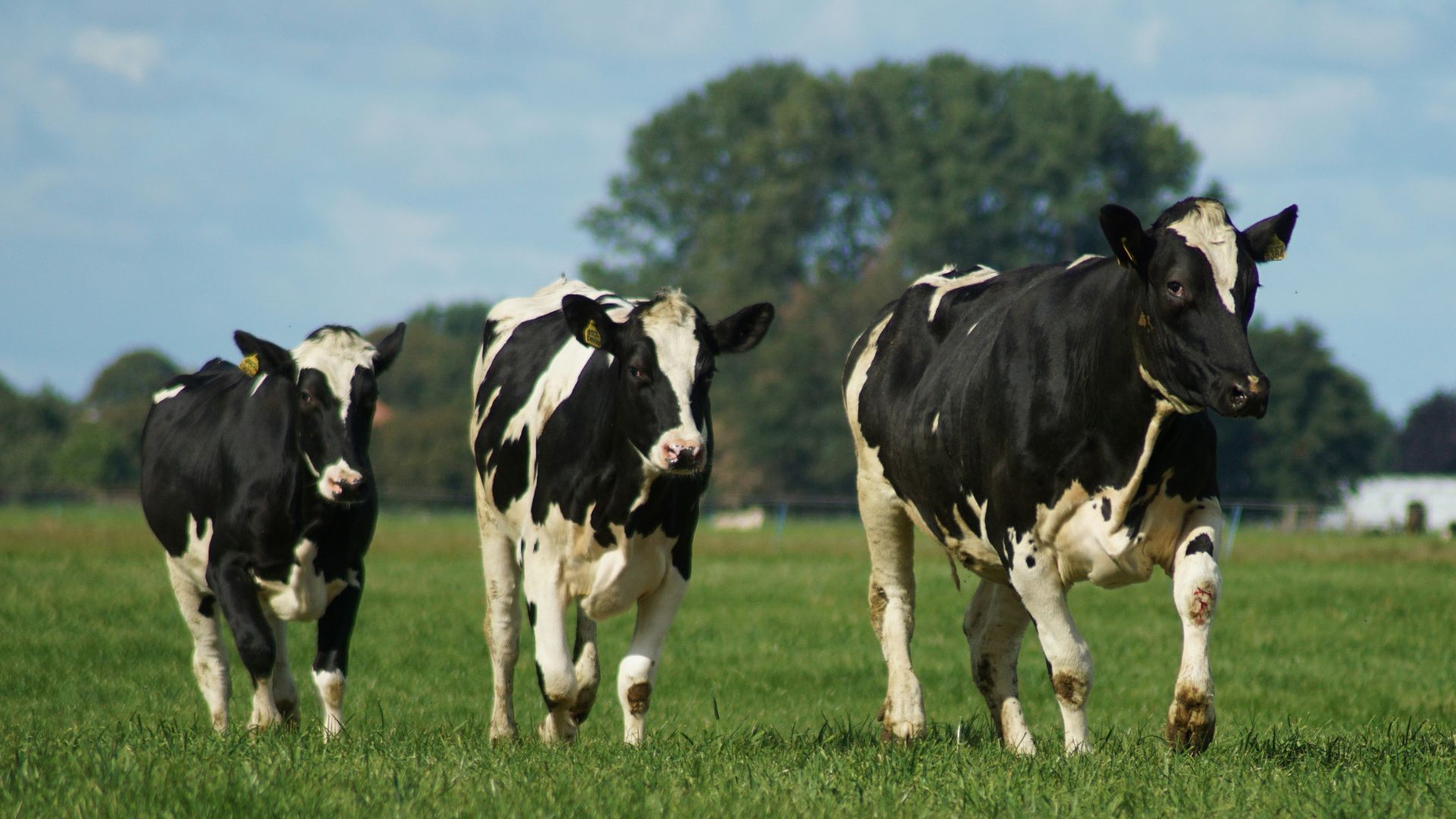 Carolien van Oijen on Unsplash
Carolien van Oijen on Unsplash
6. A Bit Of History
While the official dairy industry emerged in the late 1800s and early 1900s, it actually stems all the way back to the 1600s. When European colonists brought cattle with them, they began small farms that served their family and community.
7. We Need To Talk About Wisconsin
This state’s dairy industry generated around $46 billion annually, making it one of the most important sectors of its economy. Sadly, the state has seen a significant drop in individual dairy farms, with 180,000 listed around 100 years ago, down to 7,000 today.
8. You’re Talking ‘Bout The Numbers
So we know that milk is used in cheese, butter, and other dairy products, but how much milk, exactly? Turns out, it takes 21.2 pounds of whole milk to produce one pound of butter, while it takes approximately 4 liters, or 1 gallon, of milk to make a pound of hard cheese.
9. The Dark Side
The US dairy industry has been facing significant downsides over the past few years, with financial hardship, policy issues, and labor shortages being the most prominent. With the decrease in smaller family farms, we’re also witnessing a widespread issue of eroding rural communities.
10. Who’s Drinking The Milk?
While we’ve witnessed a general decline in milk consumption since the 1970s, a slight uptick has been spotted. According to the USDA, dairy producers sold 0.8 more milk in 204 than they did in 2023, the first increase since 2009.
1. Almond
Starting as a substitute for animal milk in the Middle Ages, we’ve had recipes for almond milk since at least the 13th century. In the United States, almond milk became quite popular in the early 2010s, witnessing a 79% increase in sales in 2011, and surpassing soy milk as the most popular plant-based milk in 2013.
2. Cashew
Made from the Anacardium occidentale, a tropical evergreen tree native to South America, cashew milk is a high-protein, high-energy drink that is well-loved, thanks to the creamy texture of cashew nuts. It’s not quite as popular as the other nut milks, but it did make around $230 million in sales in 2024.
3. Oat
Created by extracting whole oat grains through water, this dairy-free milk alternative is quite popular for its creamy, oatmeal-like flavor. It’s most popular among baristas, and has shown up as coffee creamer, yogurt, ice cream, and chocolate in recent years.
4. Soy
Made by soaking and grinding soybeans, soy milk is actually just a step further in the process of making tofu. It originated in China and was a common beverage choice for Europeans and North Americans in the late 20th century. It was created to closely resemble dairy milk, and remains one of the most popular milk alternatives to date.
5. Coconut
Used more commonly as a traditional food ingredient in parts of Asia, Oceania, and Africa, it has become a popular non-dairy option for coffee drinkers and lactose-intolerant individuals. Its thickness can vary, making it an excellent choice for curries, ice cream, and coffee creamer.
6. Pea
A lesser-known type of milk alternative, pea milk is created by extracting proteins from yellow peas and combining them with oil, nutrients, thickening agents, and phosphates. It’s considered more environmentally-friendly, as it requires less water than your more traditional milk types.
 Hakam magdea fardana ansie on Unsplash
Hakam magdea fardana ansie on Unsplash
7. Hemp
Made from hemp seeds that are soaked and ground in water, hemp milk is considered a close flavor, color, and texture option to dairy milk. It’s also quite easy to make, as you essentially just blend and strain a hemp seed and water mixture.
8. Macadamia
Coming from the tree species Proteaceae, commercial production of the macadamia nut started in Hawai’i, where Australian seeds were introduced in the 19th century. It has become a popular choice for milk alternatives and is favored for its environmentally friendly creation process.
9. Flax
Flax comes from a flowering plant known as Linum usitatissimum, most commonly found in the world’s temperate climates. While flax is usually made for things like bedsheets, clothing, and linens, it's also a popular plant-based milk option for its high omega-3 content and nut-free makeup.
10. Rice
Created usually by mixing brown rice and brown rice syrup, rice milk is one of the older styles of non-dairy alternatives. It’s been around since at least 1914 and is popular for those who have allergies to regular milk, soy milk, or nut-based milks.
KEEP ON READING

The Most Popular Signature Dishes Around the World
